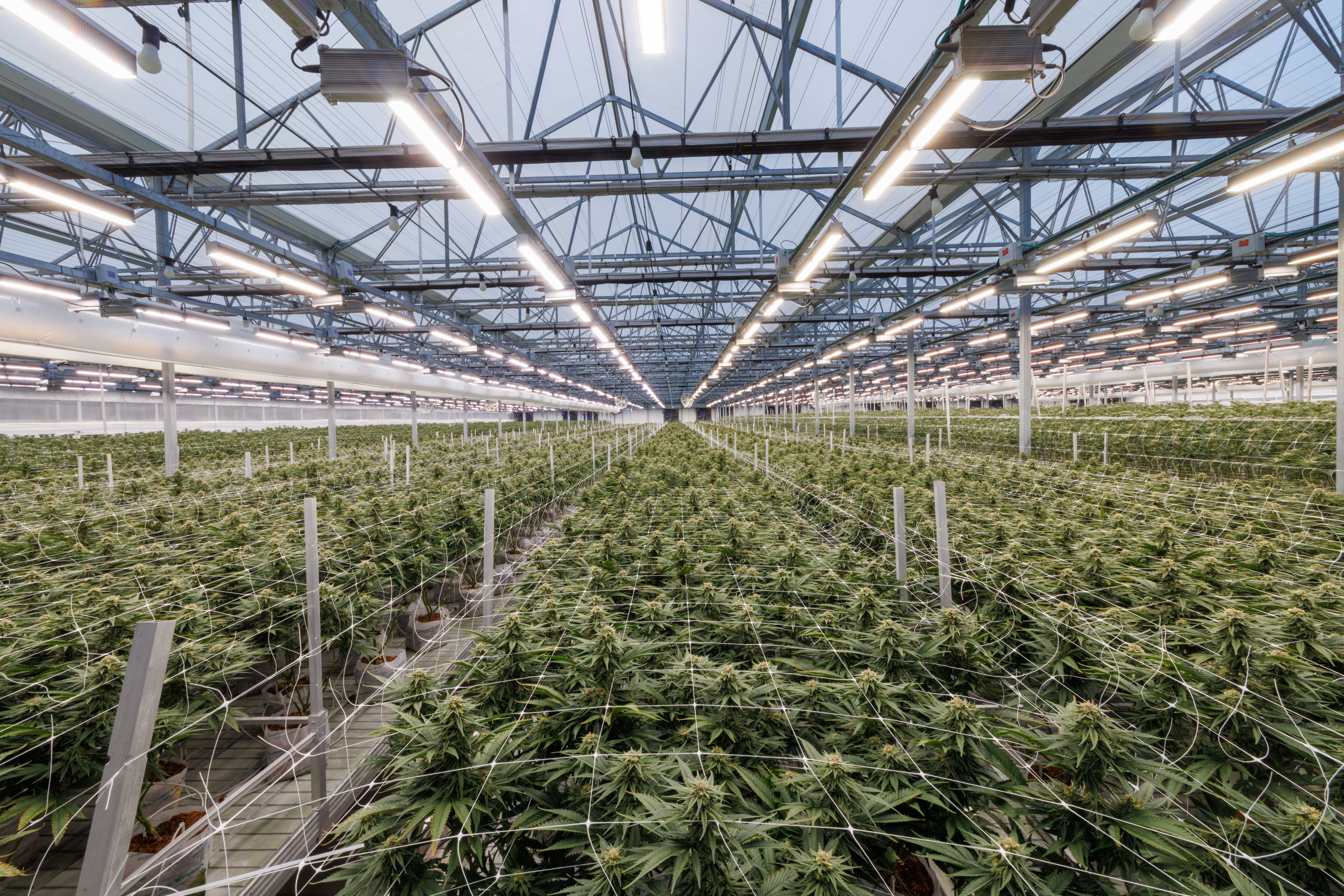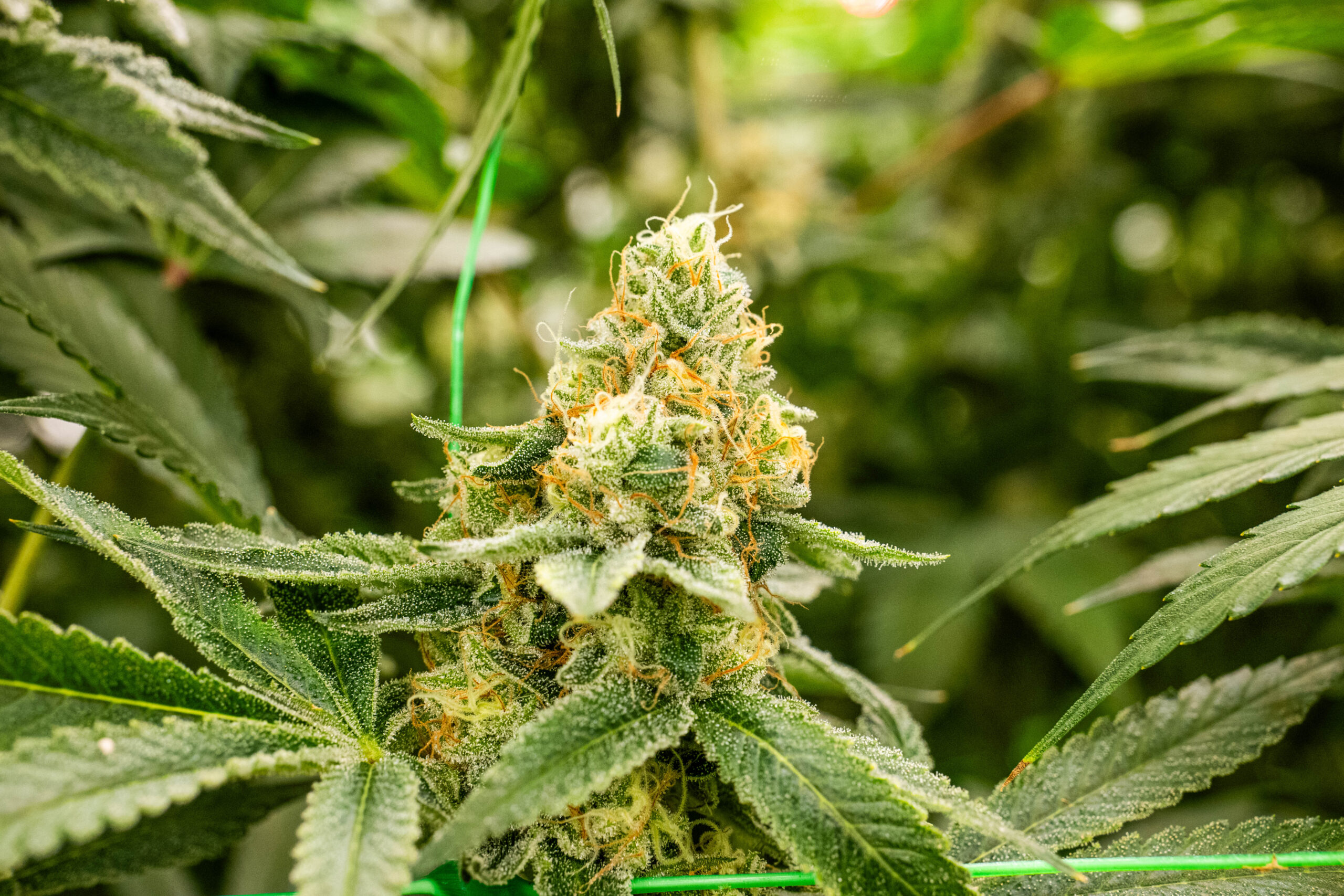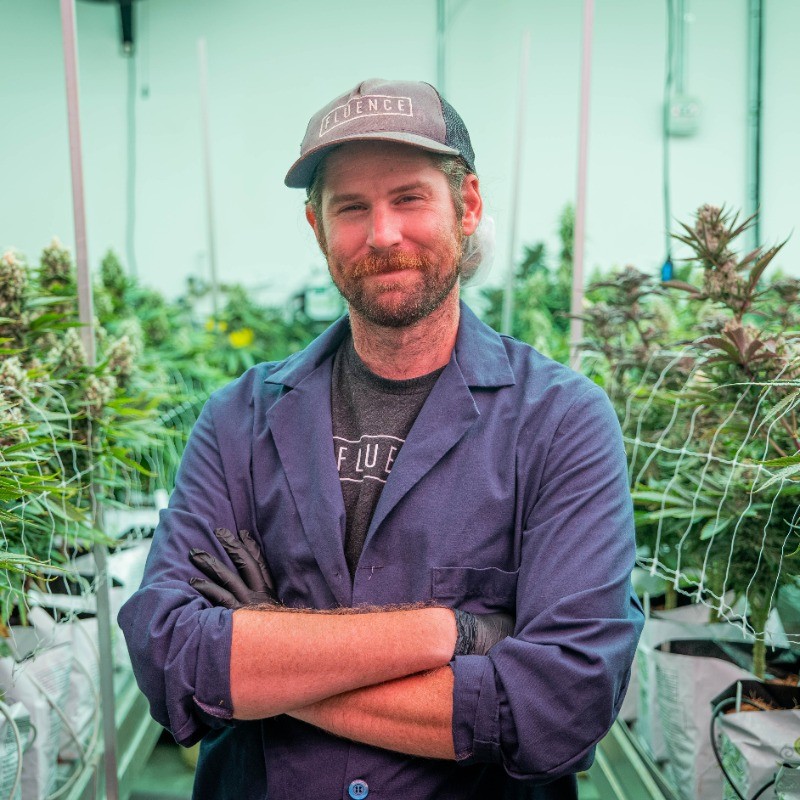
24 Apr What is light spectrum vs intensity and why are they important?
“Spectrum” and “intensity” are the two primary descriptors of light being applied to plants.
A “spectrum” is the combination of wavelengths that make up a light, giving the light its color and some of its biologically-relevant properties. We describe horticultural lighting with the word “spectrum” instead of “color” because English descriptors of “color” are imprecise: many different wavelengths, or combinations of wavelengths, might be described as the same color. Our perception of different wavelengths isn’t nuanced enough to discern 440 nm light from 460 nm light, for example, or the perceived difference isn’t enough label both of them anything other than “blue” in most contexts. Similarly, what we perceive to be “white” in color can be several different spectra, or combinations of wavelengths.
In photobiology, precision in describing spectrum is important because specific wavelengths of light induce specific developmental responses. Examples of these responses include optimally driving photosynthetic processes, communicating to the plant if it is in direct sunlight or shade to induce stretch or compaction, and inducing or repressing secondary metabolism.
Intensity is a measure of how many photons are landing on an area per unit time. Our eyes perceive intensity as how bright an object or light source appears; however, our eyes are biased to make wavelengths in the middle of the visible spectrum (green and yellow) appear brighter than those on the outside (blue and red) For human applications, this is measured in lux or lumens and is not suitable for photobiological applications. In horticulture, each wavelength in the Photosynthetically Active Radiation (PAR) spectrum is weighted equally and intensity is measured as micromoles of photons per meter squared per second.

To a point, the greater the intensity of light plants are exposed to, the greater the plant response. Crop yield is typically the most important production metric in commercial horticulture, so growers usually apply as high an intensity as possible of spectrums optimal for driving photosynthesis to maximize their yields.
We measure light intensity via quantum sensor, which measures the number of photons in µmol/m2/s as described above. Older quantum sensors are generally fine for measuring sunlight intensities because of the equal distribution among visible wavelengths, however for LEDs especially using blue and red on the edges of the PAR spectrum, they are less suitable because of over/under reporting of those wavelengths. Light spectrum is measured by a spectroradiometer, which measures the number of photons at each individual wavelength (or even more precise). For most growing applications, a quantum sensor is a suitable tool for light measurement. For research applications or trying to fine-tune spectrum/intensity comparisons, a spectroradiometer may be a better choice, however the cost comparison can be 10x.
Spectrum and intensity interact in how they affect plant development. A spectrum that is optimal for plant development at a relatively low intensity may not be optimal for plant development at a high intensity, and vice versa. An example of this is in the case of cannabis, where a spectrum relatively high in red (600-700 nm) photons, applied at high intensity, is very likely to cause the top of the plants to turn white, whereas that same spectrum would not induce this whitening at lower intensity.
Different spectra will saturate plant responses at different intensities, as well. For instance, in some crops, red photons are more likely to push a plant to photosynthetic saturation at a higher intensity than green photons.
LED technology is such that diodes of different spectrums inherently have different efficacies of converting electricity into photons. A higher efficacy means that more photons are output for the same amount of input electricity. Depending on scale of deployment and cost of electricity, these differences in efficacy can become major differences in operational costs for the LEDs.
To maximize crop production and economic bottom line, it’s critically important to utilize a spectrum and intensity specifically optimized for your production objectives, while also considering the economic implications of that light in your energy situation.

Dr. David Hawley
Lead Scientist
Dr. David Hawley leads the scientific research initiative at Fluence as the company’s principal scientist. His experience in controlled environment systems, horticultural lighting and cannabis metabolome naturally underpins Fluence’s mission to drive industry-leading lighting research to explore the interaction between light and life.

Brian Poel
Research Project Manager


